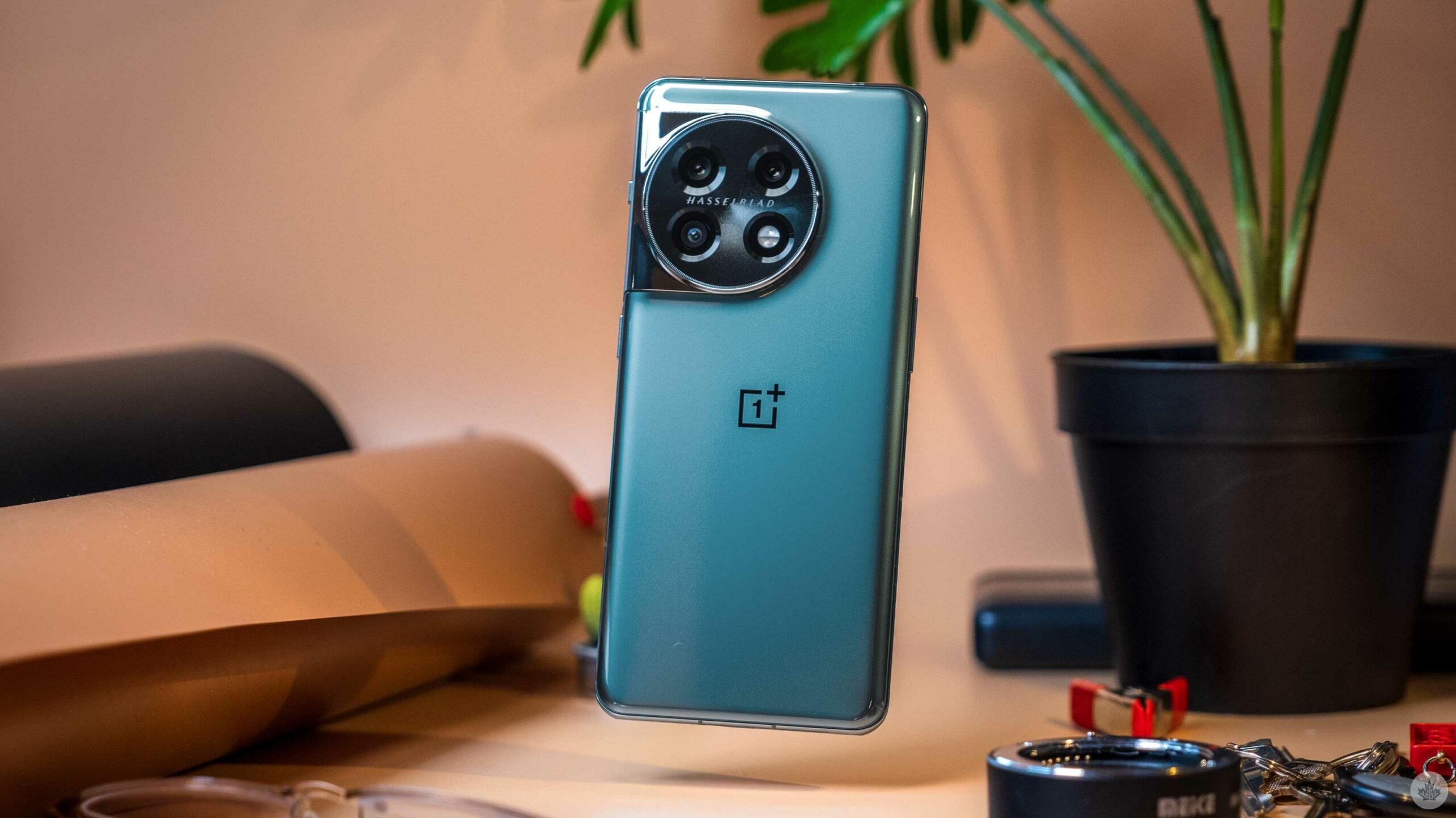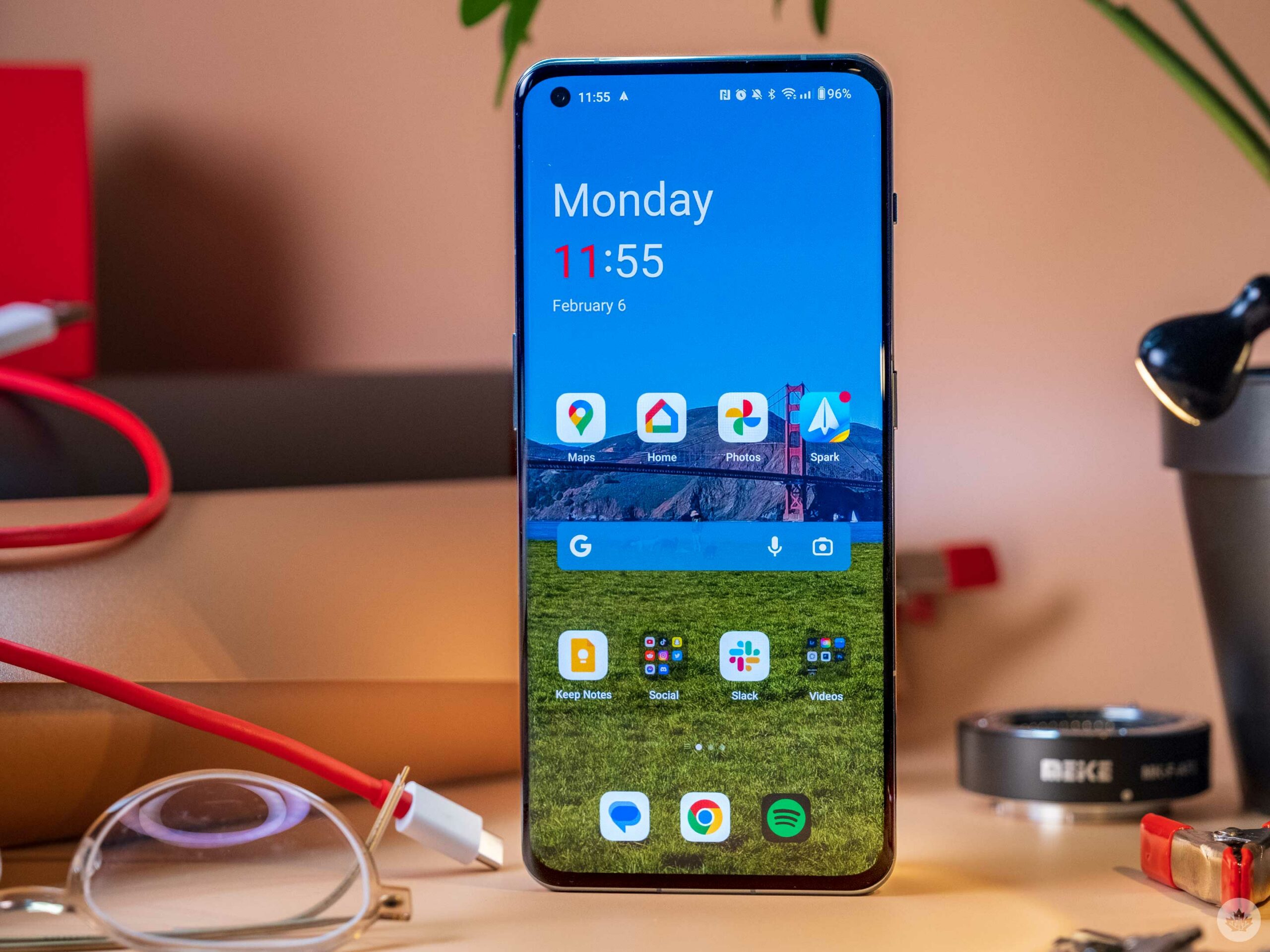OnePlus 11 Review: Stuck on a plateau
The OnePlus 11 is a peculiar phone with an interesting camera skillset. However, as with most OnePlus smartphones from the past four years, it comes with compromises.
The camera is fantastic, and the three years of Hasselblad partnerships has brought pleasing colours and decent photography enhancements to the OnePlus formula. Although, it’s hard to say if the OnePlus 11 is truly better than the OnePlus 10 Pro since both cameras offer different optics and skill sets.
Overall, I don’t think this is OnePlus’ best phone lately and considering how closely it falls with the OnePlus 10 Series, it’s hard to set this one out from the pack. With the pricing and discounts on the 2022 flagships, it’s not a tough decision at the end of the day.
6.7-inch LTPO3 Fluid AMOLED 120Hz refresh rate
6.7 inches LTPO2 Fluid AMOLED 120Hz refresh rate
50-megapixel (f/1.8, 24mm, OIS) + 32-megapixel (f/2.0, 48mm, telephoto), 48-megapixel (f/2.2, 115°)
48-megapixel (f/1.8, 23mm, OIS,) + 8-megapixel (f/2.4, 77mm, OIS) + 50-megapixel (f/2.2, 14mm)
16-megapixel (f/2.5, 25mm)
GSM/CDMA/HSPA/EVDO/LTE/5G
Fingerprint (under display, optical), accelerometer, gyro, proximity, compass, color spectrum
Fingerprint (in-display), accelerometre, gyro, electronic compass, ambient light sensor, proximity sensor, sensor core, laser sensor, flicker detect sensor and barometer
Colour: Titan Black, Eternal Green
Colour: Emerald Forest, Volcanic Black
6.7-inch LTPO3 Fluid AMOLED 120Hz refresh rate
6.7 inches LTPO2 Fluid AMOLED 120Hz refresh rate
50-megapixel (f/1.8, 24mm, OIS) + 32-megapixel (f/2.0, 48mm, telephoto), 48-megapixel (f/2.2, 115°)
48-megapixel (f/1.8, 23mm, OIS,) + 8-megapixel (f/2.4, 77mm, OIS) + 50-megapixel (f/2.2, 14mm)
16-megapixel (f/2.5, 25mm)
GSM/CDMA/HSPA/EVDO/LTE/5G
Fingerprint (under display, optical), accelerometer, gyro, proximity, compass, color spectrum
Fingerprint (in-display), accelerometre, gyro, electronic compass, ambient light sensor, proximity sensor, sensor core, laser sensor, flicker detect sensor and barometer
Colour: Titan Black, Eternal Green
Colour: Emerald Forest, Volcanic Black
The last optic by Hasselblad?
OnePlus and Hasselblad partnered on the company’s mobile camera optics for the past three years, and while the collaboration never yielded the results enthusiasts were hoping for, it did help bring OnePlus up to par. Over the past three years, I’ve been more than happy with the camera performance offered in the company’s smartphones, and OnePlus has somehow worked its way into my heart as one of my favourite mobile camera systems around.
This year’s camera doesn’t hold that bar up as high as it felt with the OnePlus 10 Pro, but it’s an intelligent system that produces pleasing results. All three sensors have changed this year, but the main improvement is the new 32-megapixel zoom lens that’s built to mimic the bokeh effect from a 65mm Hasselblad lens when you’re shooting in Portrait mode.
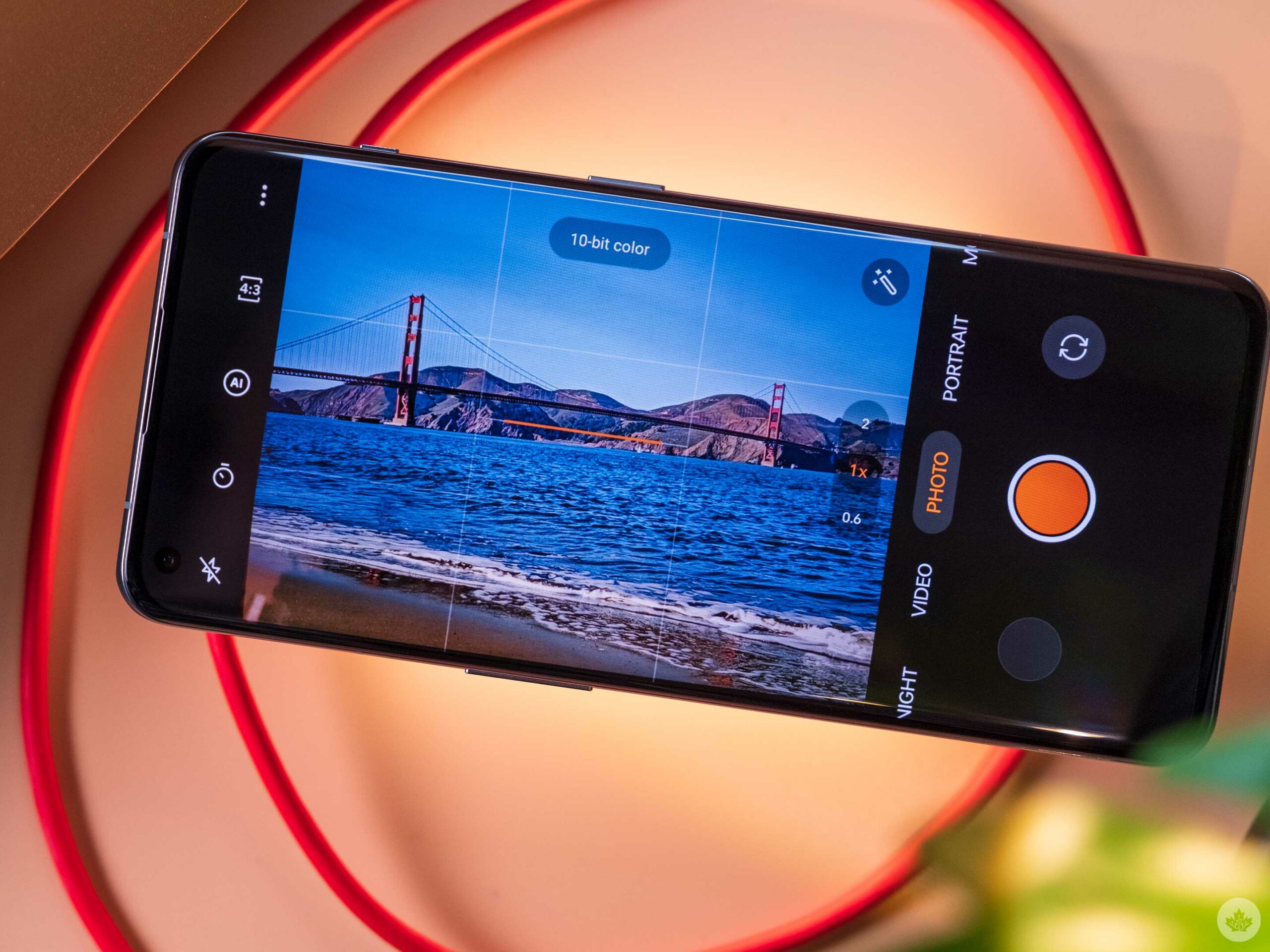 The increase in quality decreases the zoom’s reach since this year’s lens can only reach as far as a 48mm full frame lens before you start using digital zoom. This is around 2x on most phone camera systems. The increased resolution on the telephoto optic helps the OnePlus 11 capture better zoom photos than its predecessor’s eight-megapixel (77mm) zoom lens, so it’s a bit of a toss-up which one is right for you. Personally, I miss the further reach of the 10 Pro.
The increase in quality decreases the zoom’s reach since this year’s lens can only reach as far as a 48mm full frame lens before you start using digital zoom. This is around 2x on most phone camera systems. The increased resolution on the telephoto optic helps the OnePlus 11 capture better zoom photos than its predecessor’s eight-megapixel (77mm) zoom lens, so it’s a bit of a toss-up which one is right for you. Personally, I miss the further reach of the 10 Pro.
During the launch, OnePlus hyped up other elements like its new HDR engine and faster performance, but compared to the experience of using the 10 Pro, it doesn’t feel incredibly different. The images usually turn out as long as I’m not rushing, and the soft Hasselblad colours are a pleasing base to edit from. As someone who edits most photos before sharing them, this works out great for me, but other people might be happier with the extra bit of processing you can get from Samsung and Apple.
 When I tested this phone alongside the new S23 Ultra, the OnePlus 11 did a more pleasing job with its HDR in extreme circumstances. Instead of flattening the scene, the algorithm leaves a bit more shadows, which helps make the photos feel more dramatic.
When I tested this phone alongside the new S23 Ultra, the OnePlus 11 did a more pleasing job with its HDR in extreme circumstances. Instead of flattening the scene, the algorithm leaves a bit more shadows, which helps make the photos feel more dramatic.
The company has also brought macro capabilities back to the ultra-wide lens, which is nice. Images look great, but it can’t go as close as the iPhone 14 and Galaxy S23 series. Having said that, I’m glad it’s back from the OnePlus 9 series.
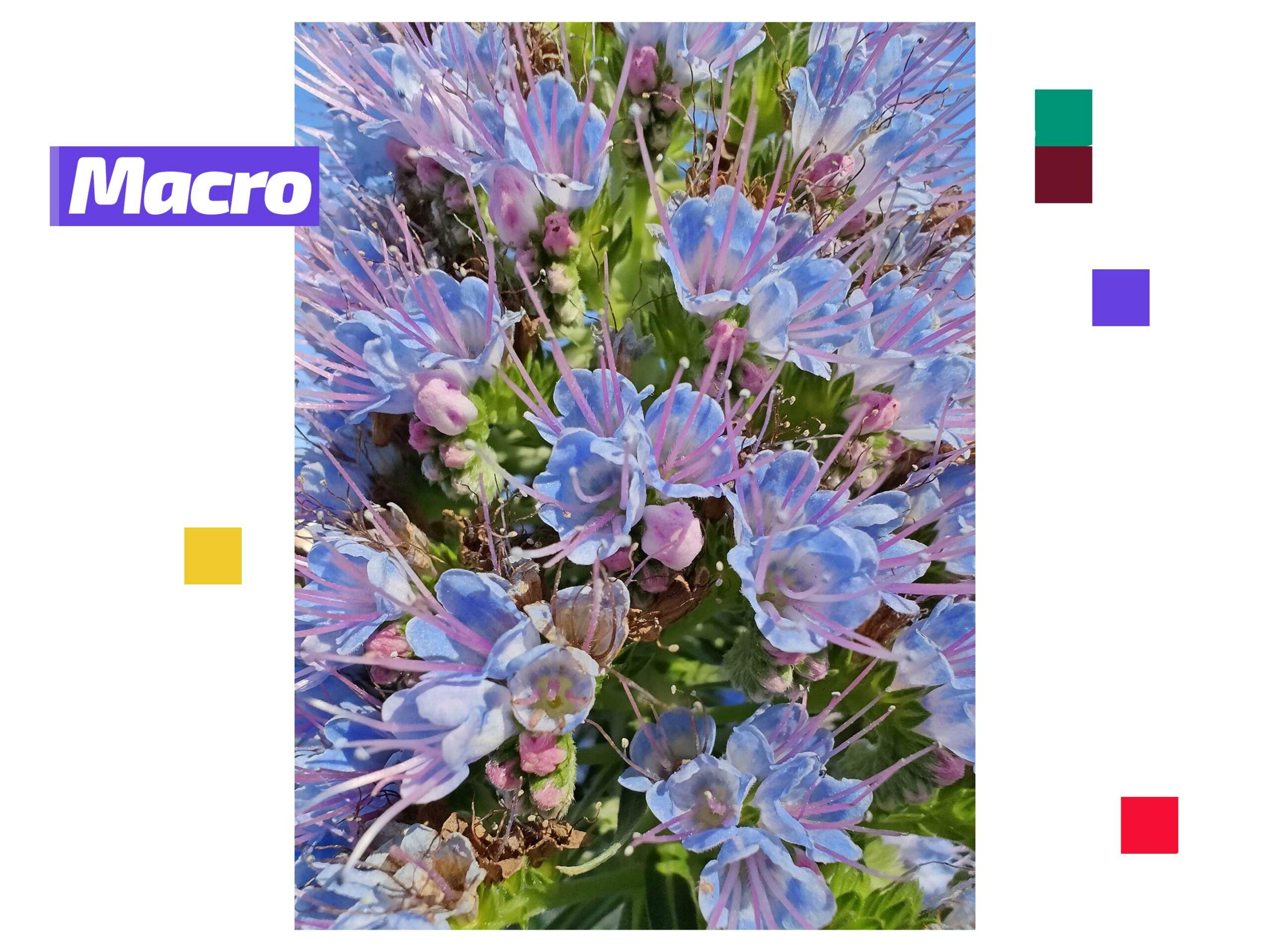
You can find full resolution samples on Google drive
Like the last few OnePlus flagships, XPan mode is still here for taking wide panoramic images with punchier colours. Being able to whip out a phone and take a picture that looks like a movie frame will always be fun. That said, even though the new Ultra wide is back up to par from the 9 Pro, the 30mm XPan mode is sadly missing from this phone, so you’re only locked to somewhere around the 45mm focal length equivalent.
I’m hoping OnePlus and Hasselblad continue to work together so I can keep using this mode, but if the two companies split, I don’t think people would notice much missing from the end product. The Hasselblad colours are nice when they hit, but they’re not a secret sauce making every OnePlus photo look good. The OnePlus 10T from last year is a good indicator of this.
 While the three lenses take great photos, the video department needs to be evaluated separately. For some reason, the videos in bright sunlight are over-saturated, while videos in low light can look grainy. Both are usable for social media but leagues behind the iPhone or even the new S23 series. One thing I like about OnePlus and Oppo phones is the smooth zoom controls in Video mode. It’s effortless and helps get great shots without jerky crash zooms.
While the three lenses take great photos, the video department needs to be evaluated separately. For some reason, the videos in bright sunlight are over-saturated, while videos in low light can look grainy. Both are usable for social media but leagues behind the iPhone or even the new S23 series. One thing I like about OnePlus and Oppo phones is the smooth zoom controls in Video mode. It’s effortless and helps get great shots without jerky crash zooms.
Not the most comfortable OnePlus phone
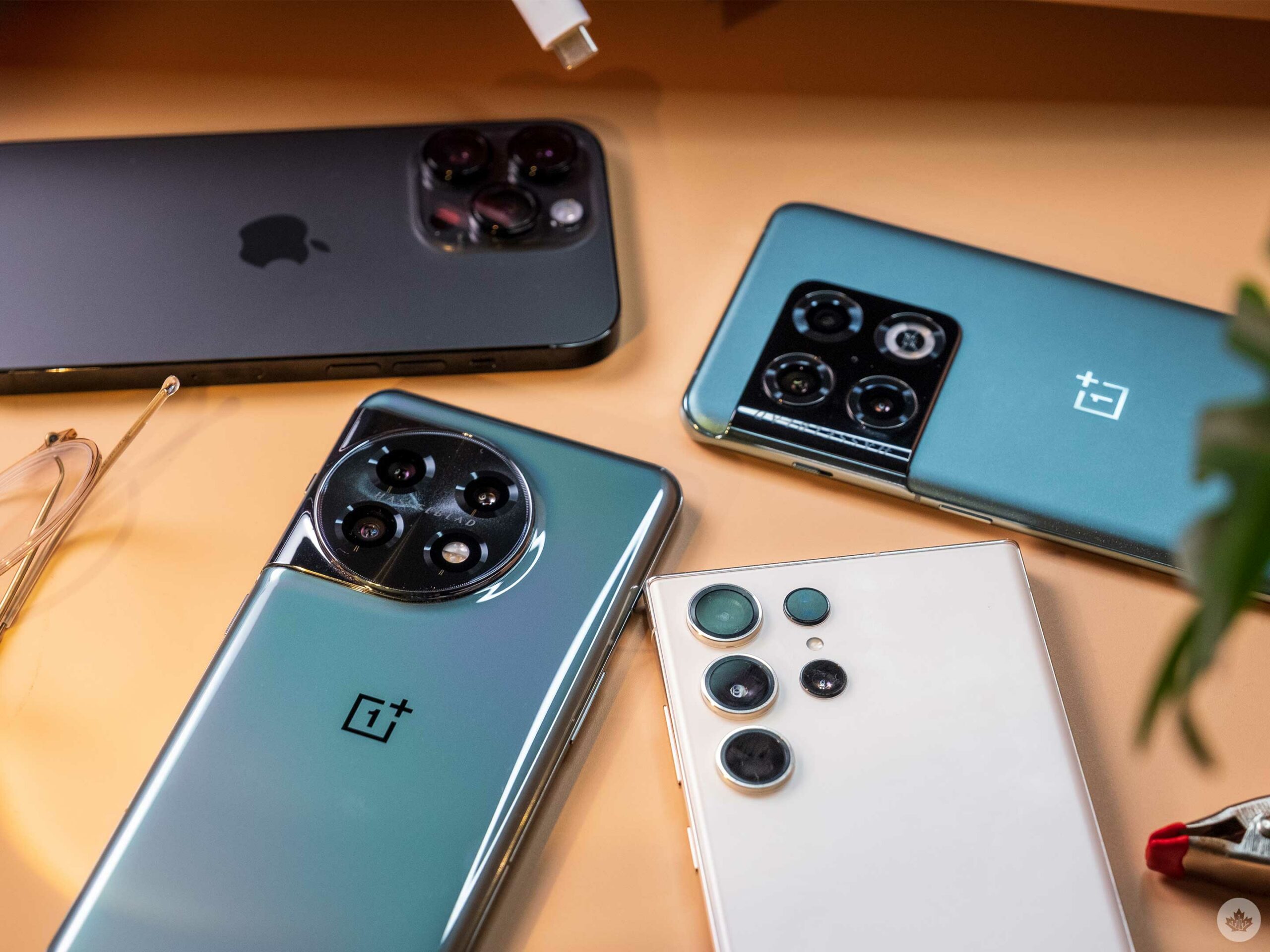 The OnePlus 11 feels great with solid haptics and tight build quality, but it feels quite heavy, which is weird considering it’s the same weight as my iPhone 14 Pro. This is because the phone is glossy and slick, so it’s harder to get a comfortable grip. It might be the most premium feeling OnePlus to date, but the in-hand ergonomics could be better. It’s not a deal breaker, but I found it more uncomfortable than phones with squared edges like the Nothing Phone.
The OnePlus 11 feels great with solid haptics and tight build quality, but it feels quite heavy, which is weird considering it’s the same weight as my iPhone 14 Pro. This is because the phone is glossy and slick, so it’s harder to get a comfortable grip. It might be the most premium feeling OnePlus to date, but the in-hand ergonomics could be better. It’s not a deal breaker, but I found it more uncomfortable than phones with squared edges like the Nothing Phone.
Speaking about the phone’s design, I’m forced to bring up the large flying saucer-styled camera bump. It’s large and reminiscent of the OnePlus 7T, but with a glossier edge that has a more jewelry-like finish with a silver rim that glints in the light. Inside the rim is a texture that sparkles and looks reminiscent of the sandstone back of the original OnePlus One. I was half expecting OnePlus to mention that it’s “bold like a crater on the moon” or something during the product briefings I attended, but they never mentioned its design. Beyond the camera bump’s massive size, the only issue I have with it is that it’s rimed in silver, but the metal that comprises the phone’s edges is tinted green, so where they meet is an awkward divide.
 One of the phone’s significant improvements is what OnePlus calls the Battery Health Engine. The company has been working on this for years, and its goal is to help extend the battery’s lifespan. The first part uses smart algorithms when charging and using the phone, and the second aspect is a new Electrolyte formula that should reduce the damage done to the battery by using it. OnePlus even went as far as to call this “Battery Healing Technology,” so it will be interesting to see how that claim stands up over time.
One of the phone’s significant improvements is what OnePlus calls the Battery Health Engine. The company has been working on this for years, and its goal is to help extend the battery’s lifespan. The first part uses smart algorithms when charging and using the phone, and the second aspect is a new Electrolyte formula that should reduce the damage done to the battery by using it. OnePlus even went as far as to call this “Battery Healing Technology,” so it will be interesting to see how that claim stands up over time.
In my experience, the battery day-to-day has been phenomenal, easily lasting over a day. To top it off, the smartphone comes with an 80-watt fast charger in the box that can top the OnePlus 11 up to 100 percent in around 28 minutes. It’s pretty awesome, and like other OnePlus phones, it means I spend way less time on a charger and no longer need to charge overnight. It’s excellent freedom, but you need to have your charger around to take advantage of it.
 What’s strange this year is that the cable comes with a USB-C to USB-A cable instead of a C-to-C like most modern OnePlus phones. The company says that consumers find it more convenient to have the USB-A port since it’s more likely to be built into hotel rooms, power bars and vehicles. They’re right about that, but the tide is changing, and since I likely bought a OnePlus for the fast charging, I don’t see myself travelling to hotels without my brick anytime soon. Overall, not a dealbreaker again, but an interesting quirk nonetheless.
What’s strange this year is that the cable comes with a USB-C to USB-A cable instead of a C-to-C like most modern OnePlus phones. The company says that consumers find it more convenient to have the USB-A port since it’s more likely to be built into hotel rooms, power bars and vehicles. They’re right about that, but the tide is changing, and since I likely bought a OnePlus for the fast charging, I don’t see myself travelling to hotels without my brick anytime soon. Overall, not a dealbreaker again, but an interesting quirk nonetheless.
It’s also worth mentioning that the OnePlus 11 follows in the footsteps of the 10T and doesn’t feature wireless charging, which is an interesting quirk for a phone positioning itself as a flagship. It doesn’t matter much to me since the fast charging is good enough that I don’t need to charge it wirelessly.
 Beyond this, I’d like to see OnePlus jump up to a more robust form of glass. The 11 uses Gorilla Glass 5 on the back and Gorilla Glass Victus on the front. Before the release of this phone, OnePlus made a big show about making its phones last longer with improved software support, but that sentiment feels at odds with the older Gorilla Glass on the rear of the phone.
Beyond this, I’d like to see OnePlus jump up to a more robust form of glass. The 11 uses Gorilla Glass 5 on the back and Gorilla Glass Victus on the front. Before the release of this phone, OnePlus made a big show about making its phones last longer with improved software support, but that sentiment feels at odds with the older Gorilla Glass on the rear of the phone.
One improvement that was easy to test was the improved speakers, which sound fantastic and get quite loud. It wasn’t something I expected to notice, but over my time with the OnePlus 11, I was constantly surprised by how well it could fill a room.
For all the latest Technology News Click Here
For the latest news and updates, follow us on Google News.

